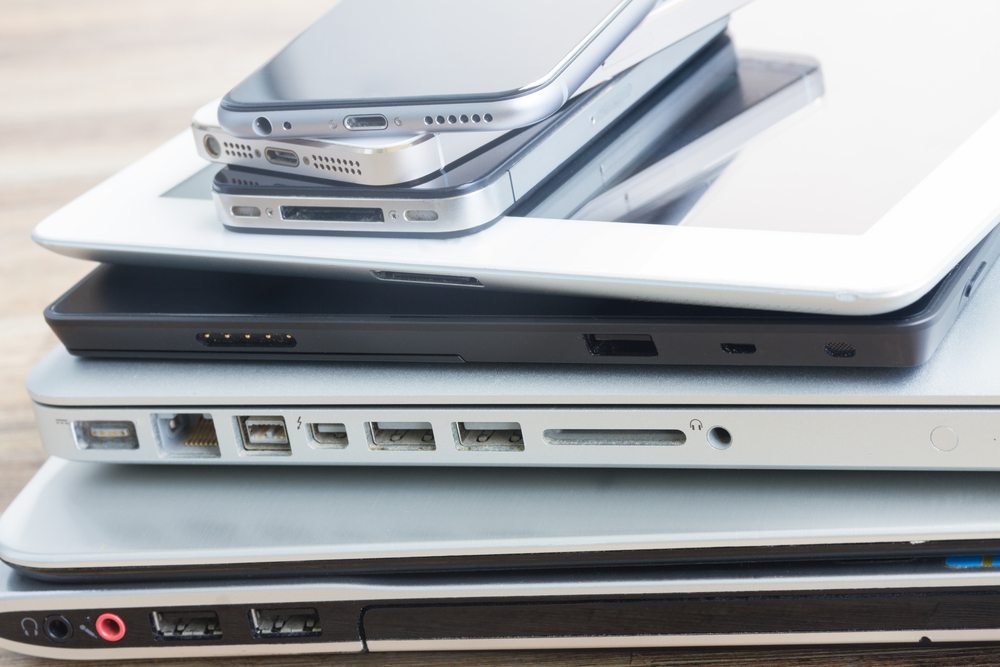 A used electronics trading company was raided and shut down after officials filed a lawsuit accusing it of running a “bait and switch” scheme on consumers.
A used electronics trading company was raided and shut down after officials filed a lawsuit accusing it of running a “bait and switch” scheme on consumers.

 A used electronics trading company was raided and shut down after officials filed a lawsuit accusing it of running a “bait and switch” scheme on consumers.
A used electronics trading company was raided and shut down after officials filed a lawsuit accusing it of running a “bait and switch” scheme on consumers.
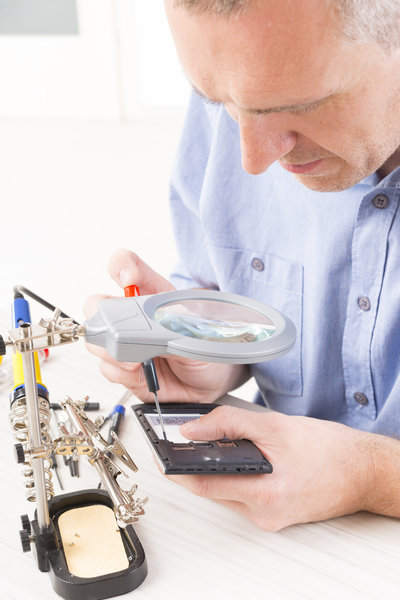 A business based in the Pacific Northwest is emphasizing the “mobile” in mobile device repair. Portland, Ore.-based iFix King brings its repair lab to the customer, fixing electronics on the spot.
A business based in the Pacific Northwest is emphasizing the “mobile” in mobile device repair. Portland, Ore.-based iFix King brings its repair lab to the customer, fixing electronics on the spot.
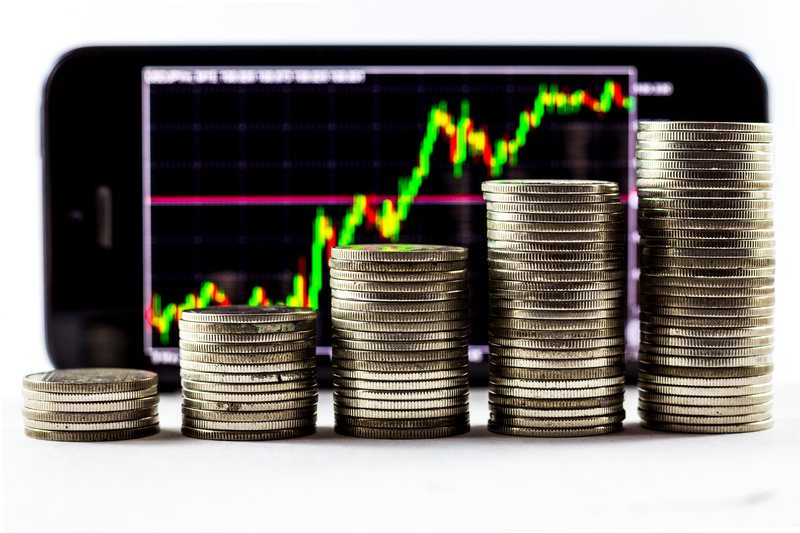 The second of quarter of 2016 bought $40 million worth of good news to Outerwall, the parent company of ecoATM and Gazelle.
The second of quarter of 2016 bought $40 million worth of good news to Outerwall, the parent company of ecoATM and Gazelle.
Worldwide shipments of new mobile phones will increase 3.1 percent in 2016, a substantial slowdown from growth in previous years, according to International Data Corporation (IDC).
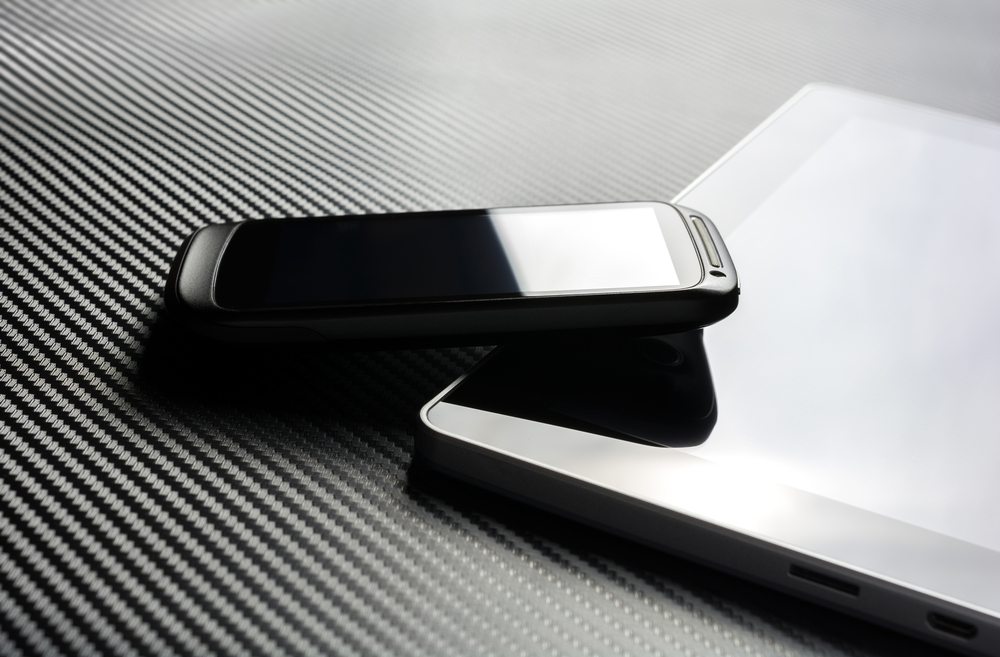 Sales forecasts for PCs, tablets and smartphones have been released by International Data Corporation.
Sales forecasts for PCs, tablets and smartphones have been released by International Data Corporation.
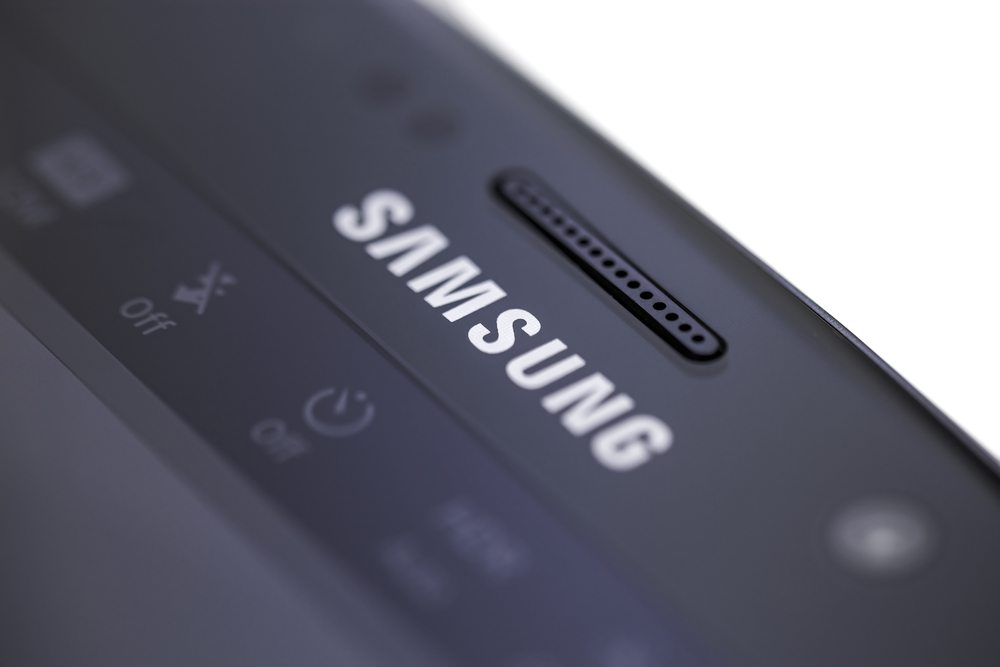 Samsung has recalled 2.5 million of its Galaxy Note 7 smartphones due to a potentially dangerous problem that has caused some of the phones to explode. While this is definitely a problem for Samsung, it’s also a problem for the e-scrap processors who might be responsible for handling the phones.
Samsung has recalled 2.5 million of its Galaxy Note 7 smartphones due to a potentially dangerous problem that has caused some of the phones to explode. While this is definitely a problem for Samsung, it’s also a problem for the e-scrap processors who might be responsible for handling the phones.
 User-repair champion iFixit has released four new teardown guides in recent weeks, showing consumers the inner workings of a new set of devices.
User-repair champion iFixit has released four new teardown guides in recent weeks, showing consumers the inner workings of a new set of devices.
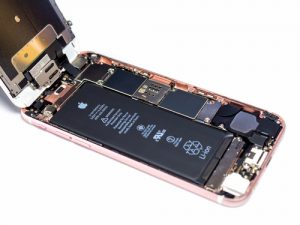 Apple envisions a future in which it sources all minerals in its products from recovered electronics, according to the company’s recently released environmental responsibility report.
Apple envisions a future in which it sources all minerals in its products from recovered electronics, according to the company’s recently released environmental responsibility report.
 A new report predicts the IT asset disposition (ITAD) market will grow by an average of nearly 10 percent each year through 2022, an increase driven largely by mobile devices.
A new report predicts the IT asset disposition (ITAD) market will grow by an average of nearly 10 percent each year through 2022, an increase driven largely by mobile devices.
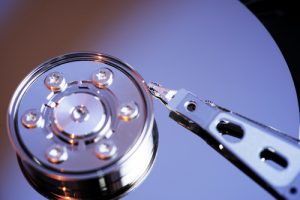 The largest probe to date of used devices supposedly scrubbed of their data found that 40 percent still retained some amount of personal information.
The largest probe to date of used devices supposedly scrubbed of their data found that 40 percent still retained some amount of personal information.
